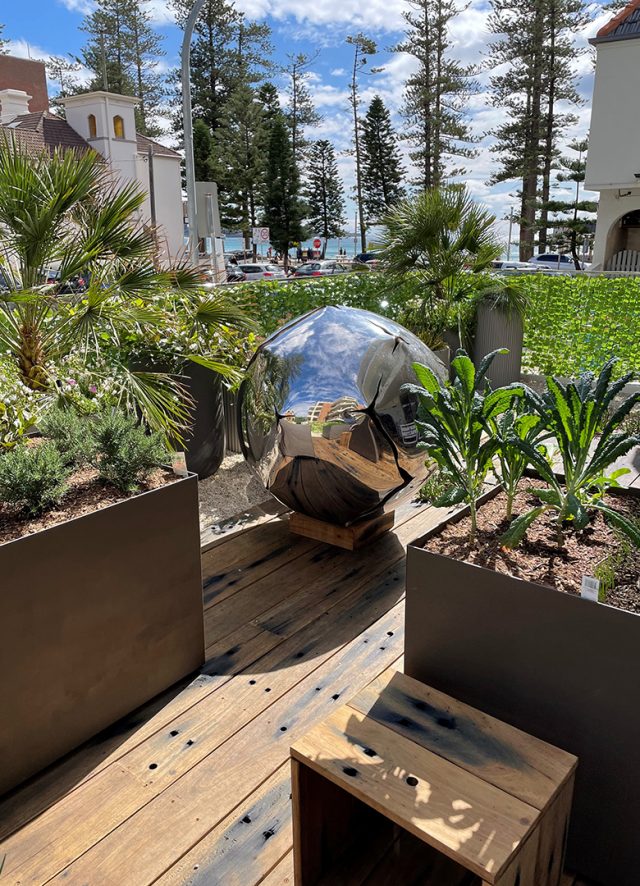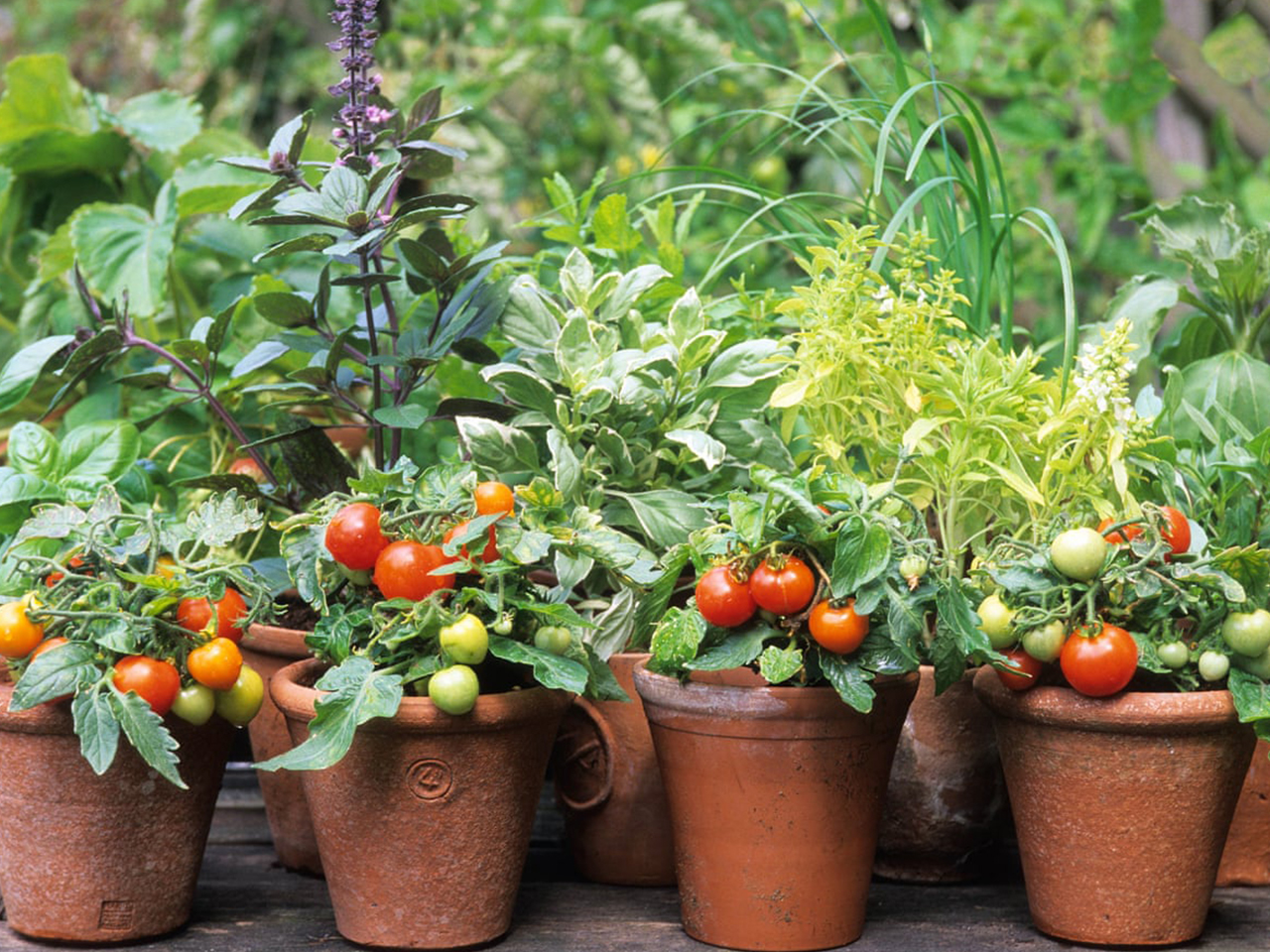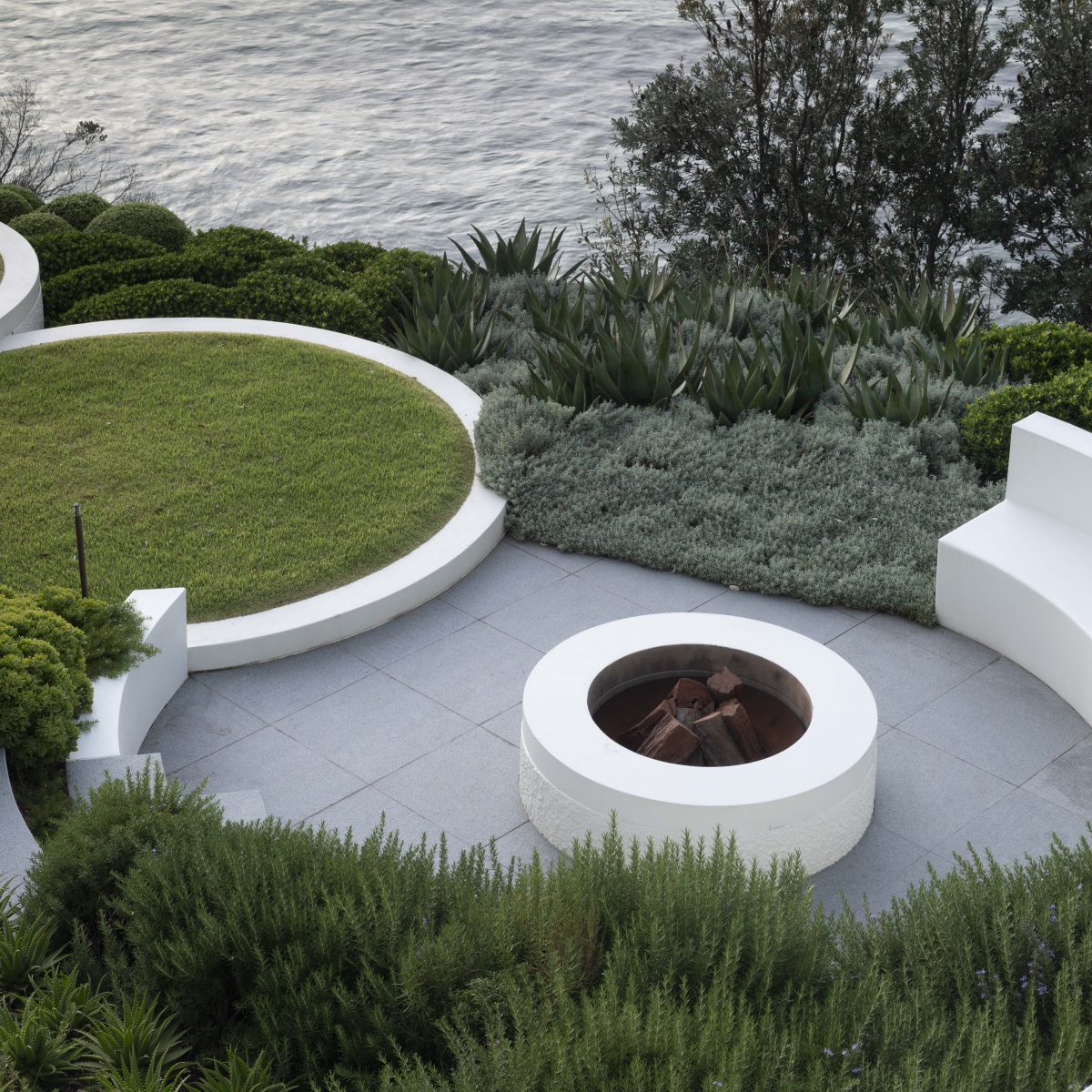The problem, says Nick, Landscape Architect at Secret Gardens, is many home gardeners have unrealistic expectations of their vegie patches.
“When clients think ‘vegie garden’ they often think that they will never need to go to the supermarket again, that it will be a non-stop bounty and it will look incredible,” he says. “In an urban context, that’s unlikely.”
In fact, he says, we need to put aside traditional notions of the vegie garden, especially in city environments where block sizes may not allow for a dedicated space.

“We should be integrating food in every possible way into a garden rather than thinking about a 2D vegie patch,” he says. “We need to stop thinking of vegie gardens in that traditional sense with rows of silverbeet, carrots and rainbow chard.”
“We should be integrating food in every possible way into a garden rather than thinking about a 2D vegie patch. We need to stop thinking of vegie gardens in that traditional sense with rows of silverbeet, carrots and rainbow chard.”
Instead of looking for the ideal spot for a purpose built vegetable garden, Nick says we should be looking for opportunities to include edibles into an overall garden design. Fruit trees are a great place to start, especially for those new to growing food.
“Planting lots of fruit trees like citrus, pomegranate, figs and mulberries is a good start because you can do a bit of ‘set and forget’ and every year, you’ll get a crop,” he says.
“There’s a few space saving ways you can go. Espaliering trees is really effective and it can be quite sculptural. You can also run vines like passion fruit along fence lines.
“In both cases, they fulfill a role we need anyway, like covering a wall, but they have the added benefit of being productive.”

Low maintenance herbs like thyme and oregano make excellent ground covers, while rosemary can make a very effective hedge. And don’t forget bush foods, Nick says.
“You can totally use bush foods in the same way as other plants,” he says. “If you get a low hedge, instead of using buxus or box hedge, use native blueberry.
“Lemon myrtle makes a beautiful, fragrant hedge and people forget that lilly pilly, which is popular for hedging, is another bush food.”
Senior Landscape Architect at Secret Gardens, Nicholas says it’s worth thinking about what foods you enjoy regularly to help guide your planting choices.
“We are designing a productive garden for a client in the inner west where the focus is on cocktails, with things like citrus, mint and coriander to name a few,” says Nicholas. “They are easy for a lot of people to grow and harvest.”

Vegie gardens can often look a bit unsightly as plants grow and go to seed, which means they are often placed in a less visible part of the garden. Nicholas says a better option might be to plant them amongst ornamental species which will look good all year round.
“It helps break up the cycle so that the whole garden doesn’t look dead all at the same time,” he says.
Keeping edible plants closer to the house will make them more accessible, and more likely to be used. Nicholas says with a little planning, you can even bring them into the house.
“You will use them so much more if they are close by,” he says. “If it is a new build, I would be asking the architect to have the kitchen in a sunny spot with a window for herbs.”
Food for thought:
- Increase your screen time. There are a number of edible plants that can screen side and front boundaries, including herbs like rosemary, as well as cumquats, native blueberry, lemon myrtle and lilly pilly.
- Spread yourself thin. The ancient Roman art of espaliering trees by training their branches along the wall is ideal for smaller gardens. Fruit trees such as lemons, pears, apples and grapefruits respond well.
- Ditch your vegetables. Vegie gardens require regular maintenance. If you’re just starting out, opt for fruit trees like lemons, mulberries and figs that will produce a crop with little effort.
- You do make friends with salad. When your crop comes in, you may find yourself with more than you need. Share your bounty of tomatoes, spinach, parsley or lemons with the neighbourhood.
- Keep your food close. Growing lettuce, tomatoes or herbs by the back door, or even on the kitchen windowsill will mean you’re more likely to use them. It doesn’t get any fresher.
- Two for the price of one. Integrate your edibles into your garden to create a cohesive look. A passionfruit vine looks beautiful in flower while the fruit makes the perfect addition to pavlova.



